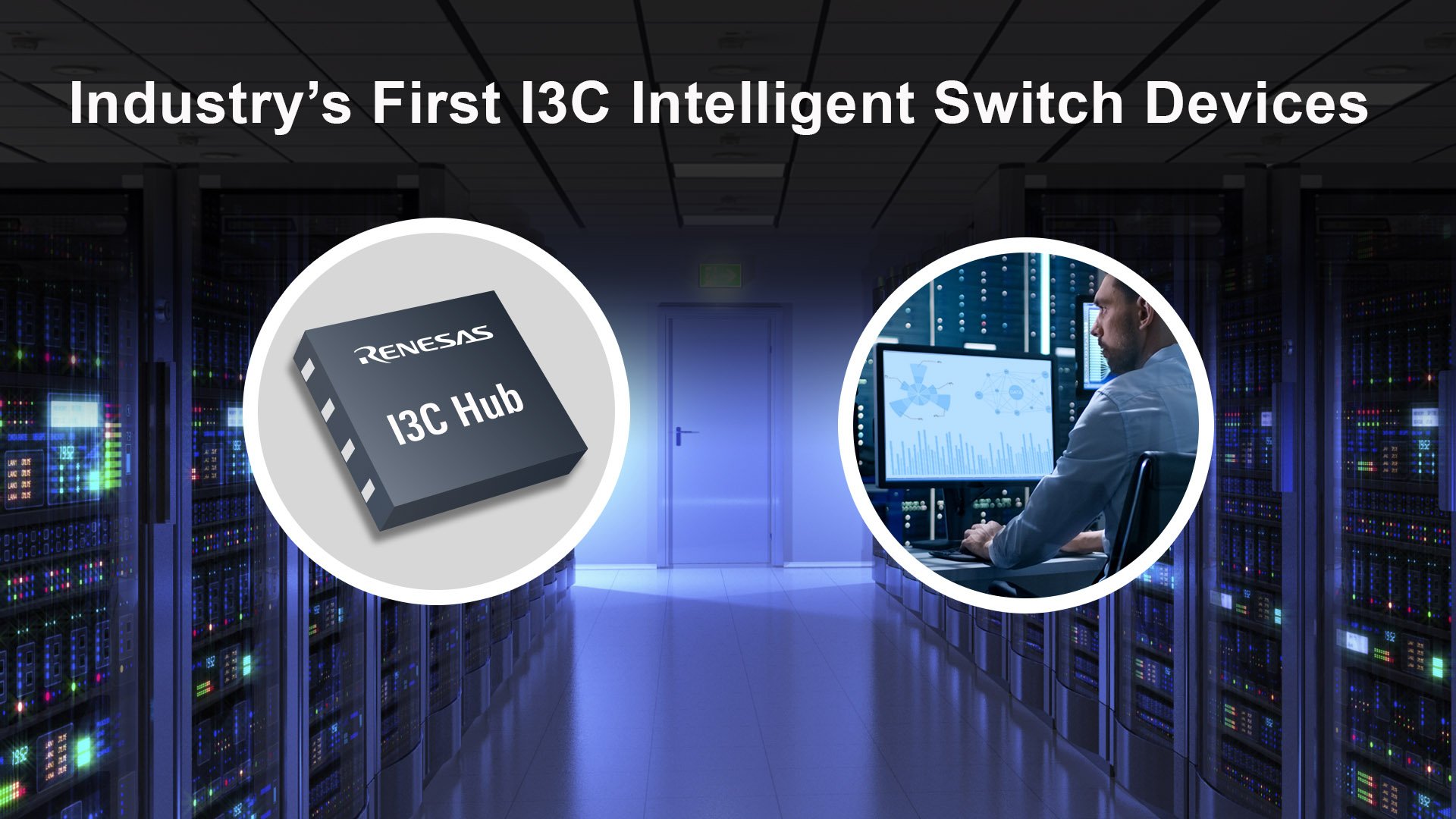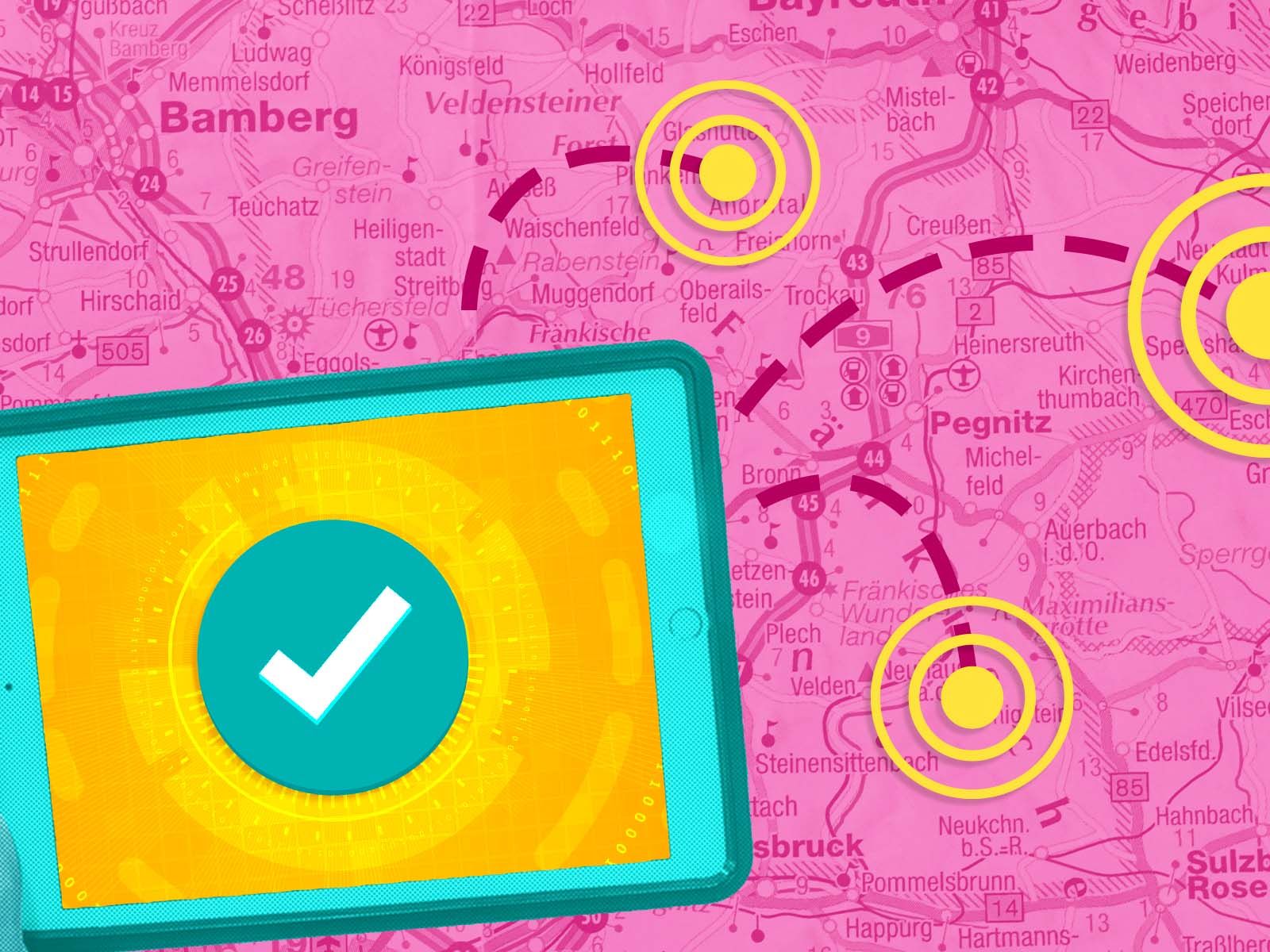What Is Remote IoT Device Management? Examples You Need To Know
Remote IoT device management has become a buzzword in the tech world, and for good reason. As the Internet of Things (IoT) continues to grow exponentially, managing these devices remotely has become more critical than ever. Imagine a world where thousands of smart devices are connected across vast distances, and you need to ensure they're functioning optimally without physically being there. This is where remote IoT device management steps in. It's not just a trend; it's a necessity for modern businesses aiming to stay ahead in the digital race.
But what exactly does remote IoT device management mean? In simple terms, it's the process of monitoring, updating, and maintaining IoT devices from a centralized location. Whether you're dealing with smart home gadgets, industrial sensors, or wearable tech, remote management allows you to keep everything under control without breaking a sweat. This concept has revolutionized how businesses handle their tech infrastructure, making it more efficient and cost-effective.
As we dive deeper into this topic, you'll discover why remote IoT device management is essential, the challenges it addresses, and most importantly, real-world examples that bring this concept to life. So, buckle up and get ready to explore the fascinating world of IoT management!
- Vegamovies 29 Netflix The Ultimate Streaming Experience You Didnrsquot Know You Needed
- The Definitive Guide To Tobey Eminem Lyrics
Understanding Remote IoT Device Management
Let's break it down. Remote IoT device management is like being the conductor of an orchestra, but instead of musicians, you're managing a network of interconnected devices. These devices could be anything from temperature sensors in a warehouse to smart lighting systems in a commercial building. The goal is to ensure that all these devices are functioning as they should, without requiring someone to physically check each one.
This form of management involves several key components. First, there's device provisioning, which is the process of setting up new devices and integrating them into the network. Then, there's firmware updates, which keep the devices running on the latest software versions. Security management is also crucial, ensuring that all devices are protected from potential cyber threats. Lastly, there's data collection and analysis, which helps businesses make informed decisions based on the insights gathered from these devices.
Now, why is this so important? As the number of connected devices continues to grow, managing them manually becomes impractical. Remote IoT device management provides a scalable solution, allowing businesses to handle a large number of devices efficiently. Plus, it reduces downtime and maintenance costs, making it a win-win for any organization looking to leverage IoT technology.
- David Draiman Uncovering The Age Of The Disturbed Frontman
- Meet James Camerons Brother An Untold Story Of Cinematic Excellence
Why Remote IoT Device Management Matters
In today's fast-paced world, efficiency is king. And that's where remote IoT device management shines. By enabling businesses to monitor and manage their IoT devices from anywhere, it significantly reduces the time and resources needed for maintenance. For instance, imagine a manufacturing plant with hundreds of sensors monitoring production lines. Without remote management, someone would have to physically check each sensor for issues, which is both time-consuming and costly.
But it's not just about saving time and money. Remote IoT device management also enhances security. With the rise in cyber threats, ensuring that all devices are secure is more important than ever. By managing devices remotely, businesses can quickly deploy security patches and updates, reducing the risk of breaches. Moreover, it allows for real-time monitoring, enabling quick responses to any suspicious activity.
Another significant advantage is scalability. As businesses grow, so does their IoT infrastructure. Remote management makes it easier to add new devices to the network without disrupting existing operations. This flexibility is crucial for companies looking to expand their IoT capabilities without compromising on performance.
Key Benefits of Remote IoT Device Management
- Improved efficiency in device management
- Enhanced security through real-time updates and monitoring
- Reduced operational costs
- Scalability to accommodate growing IoT networks
- Increased reliability and uptime of devices
Examples of Remote IoT Device Management
Talking about remote IoT device management is one thing, but seeing it in action is another. Let's take a look at some real-world examples that demonstrate the power and versatility of this technology.
Smart Agriculture
In the agricultural sector, remote IoT device management is transforming how farmers monitor and manage their crops. Sensors placed in fields can provide real-time data on soil moisture, temperature, and nutrient levels. With remote management, farmers can adjust irrigation systems and fertilization schedules without having to physically visit each location. This not only improves crop yield but also reduces water and fertilizer wastage.
Smart Cities
Smart cities are another excellent example of remote IoT device management in action. From traffic management systems to street lighting, IoT devices are used to optimize urban infrastructure. For instance, smart traffic lights can be remotely monitored and adjusted to reduce congestion during peak hours. Similarly, streetlights can be programmed to dim during off-peak hours, saving energy and reducing maintenance costs.
Healthcare
In the healthcare industry, remote IoT device management is revolutionizing patient care. Wearable devices, such as fitness trackers and medical monitors, can be managed remotely, allowing healthcare providers to monitor patients' health in real-time. This is particularly useful for chronic disease management, where early detection of potential issues can lead to better outcomes.
Challenges in Remote IoT Device Management
While remote IoT device management offers numerous benefits, it's not without its challenges. One of the biggest hurdles is security. With so many devices connected to the internet, the risk of cyberattacks increases significantly. Ensuring that all devices are secure requires constant vigilance and regular updates, which can be a daunting task.
Another challenge is interoperability. IoT devices often come from different manufacturers, each with its own protocols and standards. Managing such a diverse ecosystem can be complex, requiring businesses to invest in robust management platforms that can handle this diversity.
Finally, there's the issue of scalability. As the number of devices grows, so does the complexity of managing them. Businesses need to ensure that their management systems can handle this growth without compromising performance. This often requires significant investment in infrastructure and technology.
Solutions to Overcome These Challenges
Thankfully, there are solutions to address these challenges. For security, businesses can adopt a multi-layered approach, combining encryption, authentication, and regular security updates. This ensures that even if one layer is breached, the others provide additional protection.
Interoperability issues can be tackled by adopting open standards and protocols. By choosing devices and platforms that adhere to these standards, businesses can create a more cohesive and manageable IoT ecosystem. Additionally, investing in middleware solutions can help bridge the gap between different systems, making it easier to manage them as a single entity.
When it comes to scalability, cloud-based management platforms offer a flexible and cost-effective solution. These platforms can handle large numbers of devices and can be easily scaled up or down as needed. Plus, they provide businesses with the tools and insights needed to manage their IoT infrastructure effectively.
Best Practices for Remote IoT Device Management
To get the most out of remote IoT device management, businesses need to follow some best practices. Here are a few tips to help you get started:
- Start with a clear strategy: Define your goals and objectives for IoT deployment and management.
- Choose the right platform: Select a management platform that meets your specific needs and can scale with your business.
- Focus on security: Implement strong security measures from the outset and keep them updated regularly.
- Monitor and analyze data: Use data analytics to gain insights into device performance and make informed decisions.
- Regular maintenance: Schedule regular updates and maintenance to ensure devices are functioning optimally.
Future Trends in Remote IoT Device Management
The future of remote IoT device management looks promising. With advancements in AI and machine learning, businesses can expect even more intelligent and autonomous systems. These technologies can help predict potential issues before they occur, allowing for proactive rather than reactive management.
Additionally, the rise of 5G networks will further enhance the capabilities of IoT devices, enabling faster data transfer and more reliable connections. This will make remote management even more efficient and effective, opening up new possibilities for businesses across various industries.
Edge computing is another trend to watch. By processing data closer to the source, businesses can reduce latency and improve response times. This is particularly beneficial for applications that require real-time decision-making, such as autonomous vehicles and industrial automation.
Conclusion
Remote IoT device management is more than just a technology; it's a necessity for businesses looking to thrive in the digital age. By enabling efficient, secure, and scalable management of IoT devices, it offers numerous benefits that can transform how organizations operate. From smart agriculture to healthcare, the applications are endless, and the potential is immense.
So, if you're considering implementing IoT technology in your business, don't overlook the importance of remote management. It's the key to unlocking the full potential of your IoT infrastructure and ensuring its success in the long run. And remember, the future is bright for those who embrace this technology and stay ahead of the curve.
Now, it's your turn. Have you implemented remote IoT device management in your business? What challenges have you faced, and how have you overcome them? Share your thoughts and experiences in the comments below. And don't forget to check out our other articles for more insights into the world of IoT and beyond!
Table of Contents
- What is Remote IoT Device Management? Examples You Need to Know
- Understanding Remote IoT Device Management
- Why Remote IoT Device Management Matters
- Examples of Remote IoT Device Management
- Smart Agriculture
- Smart Cities
- Healthcare
- Challenges in Remote IoT Device Management
- Solutions to Overcome These Challenges
- Best Practices for Remote IoT Device Management
- Future Trends in Remote IoT Device Management
- Conclusion
- The Ultimate Guide To The Below Deck Cast Meet The Yachties Behind The Drama
- Kim Porter A Glimpse Into Her Love With Tupac

Remote IoT Device Management Everything You Need to Know

Device Management Platform IoT Examples Best Solutions 2024

Your Guide to Remote IoT Device Management IoT For All